A quick word of introduction. My name is Stuart McDonald and this is Couchfish—the perfect tub of ice-cream for the traveller stranded on the couch. The newsletter has both a paid edition which traces a fantasy itinerary through Southeast Asia, and a free one that covers, well, everything else. You’re reading the latter here today, but if you’d like to, you can upgrade your subscription via the button below. Thank you!
As I type this I’m supposed to be somewhere in Laos, but I’m not. I did get a third of the way—to Singapore—but due to some unplanned changes (a.k.a. poor planning on my behalf) Singapore was as far as I got. Laos trip delayed, for my sins I scored four and a half days in Singapore.
It’s no secret that Singapore can be expensive. Going on the deluge of news stories lamenting skyrocketing rents, pricey scoffing, whining tourists (like me), and that the mooncake prices are heading towards the ahhh moon, it seems never more so than today.
Other things I could have done with my money. At Sri Vadapathira Kaliamman Temple, Little India. Photo: Stuart McDonald.
The thing is, there are many steps you can take to ensure your stay in Singapore is even more expensive than it needs to be—and I’m here to tell you how. Why? Through my lack of foresight, bad planning, and general incompetence, I lived it.
What I got wrong
Buy your sim card at the airport
As I said, I had not planned on lingering in Singapore, so I grabbed a sim card upon arrival at Changi Airport—for $30. The card worked fine and gave me all the data I needed, but had I purchased one online, I could have got something similar for around $10.
Don’t throw away your EZ-link card
I’m through Singapore quite a bit, and somewhere back home there’s a pile of half-used EZ-link cards. If you’re not familiar with these, they’re stored-value cards you use for public transport in Singapore. When you buy a new card, it costs $10 but comes with only $5 worth of credit. So yes, I bought yet another card to add to my growing collection of cards still loaded with credit at home. You can (in theory) use your credit card in lieu of an EZ link card, but I’m having too many credit card problems to even entertain that approach—thank you Westpac and Commonwealth Bank.
Book nothing in advance
In my defence, my original plan held for me spending one hour and fifty minutes in Singapore. My connection to Laos was so tight I’d splashed out on a front row AirAsia seat to aid my sprint between terminals. Laos trip binned a week before departure, I could have booked my beds, but, well I never got around to it. When I did, the day before my departure, hostel rates were as high as my flight.
I tracked every single cost over the entire trip—then wish I hadn’t. The app, called Tripcoin, is simple to use. The “Others” section includes $110 in clothes and duty free, so maybe shave that off mentally. I don’t know what the previous 4 days bit means, so just ignore that too. Photo: Stuart McDonald.
I then doubled down on my error and booked one night, figuring I’d find something cheaper as a walk-in once there. This, again, was a dreadful error. Not only had many of the backpackerish places I liked shut down thanks to the pandemic, my trip coincided with a public holiday weekend. Excellent.
In summary, I ended up paying $70, $78 and $66 for pods and then $100 for a hotel. If you’re a road warrior attuned to paying north of $200 a night, these rates might seem rock bottom, but I’m no road warrior. And I’m sure not attuned to paying $78 for a pod.
Contact your accommodation direct to get a better rate
Ha ha ha, yes, good luck with that. One of the places I stayed only accepts bookings through Agoda and Booking. When I asked about booking direct, they gave me a telephone number and told me to Whatsapp them for their bank account details for me to make a transfer to. When I asked after rates, they told me to look at Agoda—who I know they were paying a commission of 25 per cent to. This seemed … dumb.
More and more pods and less and less of these. Not sure that is totally a bad thing. Photo: Stuart McDonald.
Another hostel wouldn’t match the Agoda rate—despite me standing in front of them with money in my hand. The third one, a hotel, I paid in cash in person, but if I wanted to book for the future, they advised I needed to either use Agoda or call them as they “don’t check their email every day,” and promise to show up.
Don’t stay out of the centre of town
Again, this is hardly brain surgery. If you want to stay downtown, close to many of Singapore’s sights, then you’re going to pay a premium for the privilege. If you’re willing to stay a little further out, prices drop—almost to a point where they could be described as good value. Yes there’s a trade off as you’ll incur the time and costs of getting downtown—I opted out of this trade off and paid the premium.
Don’t bring your own plate and cutlery
This isn’t so much a cost thing, but bear with me. It might sound bonkers given all Singapore’s sustainability blah blah, but the hawker centres are awash in styrofoam. According to the government, this has been banned for new stallholders in all hawker centres since 2018, though in the past they’ve said alternatives are too pricey.
Just eat and pretend not to know your plate and cup will take a bazillion years to break down—or be incinerated. At Chinatown Complex. Photo: Stuart McDonald.
Regardless of the blah blah, styrofoam features not only for takeaway, but eat-in as well. Likewise single use plastic is prevalent for cups, forks, and spoons. Single use wooden chopsticks are far more common than they should be. Plastic straws are everywhere. You can bring your own plate—I saw quite a few Singaporeans doing just this—but my plate was at home, probably full of half-used EZ-link cards.
Don’t look at menu prices
Some deranged hostels turn the air-con off between 10am and 2pm, so when that happens, seek air-con in the closest air-con cafe you can find. Be sure to order as you walk in without looking at the menu. Don’t hesitate to order a second one when the first one goes down a treat. This is the best way to seamlessly pay $16 for two flat whites. A bag coffee from a hawker station? Around $1.60. Where’s the mug?
Don’t plan your sightseeing beforehand
The best way to maximise sticker shock is to not check admission prices beforehand. Gardens By The Bay for $53, or the Art Science Museum for $51, hell yeah. The National Museum at $40 was eye-watering, but with the excellent Experiencing Singapore Through Travel 1800s - 2000s exhibition costing a mere $18 I went with that instead. It was worth every penny. On the other hand with the Mandai Singapore Zoo at $48 I thanked the travel gods I didn’t pack my kids.
The Cloud Dome is pretty wild—but could have done without the tacky Avatar tie-in. Also $212 for a family of four. Photo: Stuart McDonald.
Don’t make use of Singapore’s many free public spaces
Singapore has plenty of park space that won’t cost you a dime—so be sure not to allow time to use any of it. The Botanical Gardens and Fort Canning Park are free, as is the Southern Ridges Walk, Bukit Timah and Labrador Nature Reserve. Likewise hitting Pulau Ubin won’t cost you any more than the bumboat ride there and back.
Things I got right
Those feet were made for walking
I walked. I walked a lot—around 89,000 steps according to my phone. Singapore is a fantastic walking city, and as one of the things I decided to do while there was rework our walking tours, I fitted in plenty of this. Chinatown, Little India, Kampong Glam, Bugis, Raffles, and The Quays are all great destinations for wandering. There’s plenty of pretty architecture, temples, pagodas, mosques, and churches—all of which are free to explore. There’s also terrific—and more affordable—museums such as the Peranakan Museum to get you off the street and out of the blistering heat.
Inside the beautiful Sultan Mosque. Also, free. Photo: Sally Arnold.
Combine wandering with an EZ-link card, and there’s no need to go anywhere near anything that uses four wheels. Good for the wallet—and the planet—even if only a small number of buses are electric for now.
Hawker centres are your friend
All but two of my meals were in a hawker centre. This kept costs down, and I love the food. There is the aforementioned styrofoam and single use plastic issues, but you can work around those. There is some price variance—Chinatown Complex or Maxwell are a little pricier than Albert Centre, but it isn’t a deal breaker. If you drink, hawker stations have the cheapest beer in town—think around $6-$7 for a large Tiger—more for fancier tipples.
Sorry, but I can’t think of anything else I did right.
Closing bed tips
The hostel scene in Singapore has changed quite a bit post-pandemic. Many of the long-running “backpacker-style” places are gone, and most pod places lack a hostel vibe. That said, here’s some spots I recommend, and for each I’ve listed a direct rate from the property, listing the cheapest option for one night in mid October. Where they’re listed on Agoda, or in one case HostelWorld, I’ve added that as well. Just also to note, the Agoda links are affiliate links which means a commission may be payable to Travelfish if you click through and book a room.
Never ever carpet a hotel room floor. What $100 gets you at the South East Asia Hotel. Photo: Stuart McDonald.
If you don’t mind staying a little out of downtown, BetelBox (direct from $28) on Joo Chiat in Geylang remains a solid old-school hostel. Geylang can get a little ropey at night as it’s as close as Singapore gets to a red light zone, but I love the area, and the Vietnamese food—in particular Long Phung—is great.
In Chinatown, Wink Hostel (from $50 direct, Agoda) on Mosque Street is still going strong and has a second property for overflow. On South Bridge Road, Adler has changed hands and is now Atelier (in theory from $50, in practice $70ish, they have no website, but are on Agoda here), think of it as a slight step up from Wink, but it’s a chaotic mess management-wise. The Bohemian (via Hostel World from around $50, Agoda), Beat Arts Hostel (previously i-Stay In, also from around $50 direct, Agoda) and Rucksack Inn (direct from around $30, Agoda) are decent Chinatown backups to Wink.
In Kampong Glam, Cube Boutique (direct from $55-ish, Agoda) and The Pod @ Beach Road (direct from $50, Agoda) are both solid pod-style places. The former has a more central location, but both are within easy walking distance of Sultan Mosque, Haji Lane and so on. Forget the tourist tat shops in Chinatown—do your souvenir shopping around here.
But it looks better from the outside. Or, to me anyway. Photo: Stuart McDonald.
For more spendy options, consider KēSa House in Chinatown (direct from $180, Agoda), The Sultan in Kampong Glam (direct from $140-ish, Agoda), and The Daulat in Little India (direct from $140, with a tiny lap pool, Agoda). Over near Orchard Road, I’m a big fan of Lloyd’s Inn (direct from $180, with a decent pool, Agoda). Note these prices are all for their smallest rooms—and when I say small, I mean small.
One more point, for families. In the past, one option for families on a budget was to grab a four bed dorm and treat it as a family room. As hostels have moved towards pod-style setups, four bed dorms are getting rarer. The South East Asia Hotel (see below) has family rooms from $160, but if you want more trimmings—particularly a swimming pool, look further out of town. As an example, the Village Hotel Changi has large double rooms from under $200 direct (Agoda), a rooftop swimming pool, and is close to the airport—handy if you only have an overnight stay. There’s also a hawker centre, park, beach, and the bumboats to Pulau Ubin all within easy walking distance.
Last but not least, I spent my final night at the South East Asia Hotel (direct from $100, Agoda) in Bugis, and I thought it was great. It is a very old school hotel, in business since the 1950s and their prices haven’t changed since 2011—nor the carpet I would guess. Nevertheless the rooms are big, the aircon works and I found the staff to be friendly and helpful. It will not be to everyone’s taste, but after paying $70 for a pod, $100 here was great value. The location, right beside a busy temple and pagoda, and a five to ten minute walk from Bugis SMRT, is excellent.
There’s always a foot. At Atelier (previously Adler). Photo: Stuart McDonald.
In all the above cases do check rates through whichever OTA you use and compare them to what the property will offer you direct. There can be significant variances—in both directions. Weekends cost more, public holiday weekends more again—take my work for it. You can find a list of Singapore public holidays here. Book as far in advance as you can to hopefully pick up a better rate.
Carbon
I can’t write about this without looking at carbon. I flew up on an AirAsia A320, which according to Atmosfair (using Jetstar for measurement as they don’t list AirAsia, but the aircraft type is the same) generated 637 kg in “climate impact” (which they describe as including CO₂ emissions, contrails, ozone formation and other effects). My return flight was on a KLM 777 which scored another 701 kg. These figures are significantly higher than what Google Flights spits out (117 kg and 136 kg respectively, as Atmosfair takes into account more than just CO₂—and doesn’t make money by getting you to click through to buy a plane ticket).
This Europe-focused study (which, it should be noted, was sponsored by HostelWorld), compares the emissions of hostels to hotels. It found that a bed in a hostel equates to 0.30 tCO₂e and a bed in a hotel to 1.18. However, it assumes only three people in a dorm, and I tell you what, there were a lot more than three people in each dorm I slept in—the first dorm had 20 beds in it, the other one 14—and they were both chockers!
Burn it baby. My AirAsia flight prepping to leave Bali. Photo: Stuart McDonald.
Regardless, compared to fancypants hotels in Singapore—which I’ve written about before—I think it is fair to assume my accommodation emissions were about as low as possible—especially in the joint that turned off the air-con in the middle of the goddam day!
Anyways, regardless of the fuzzy numbers, in my version of offsets I plan to donate $75 to Sungai Watch, an organisation doing great work here in Indonesia to clean up the rivers. That is, once they fix their donate screen which won’t accept my email address. If you’ve got some loose change—even if you haven’t just got off a flight, spare them a thought.
Couchfish is 100 per cent independent and reader-supported. If you’re not already a subscriber, and you’d like to show your support, become a paying subscriber today for just US$7 per month—you can find out more about Couchfish here—or simply share this story with a friend.
Don’t forget, you can find the free podcasts on Apple, Pocket Casts and Spotify as well as right here on Couchfish.



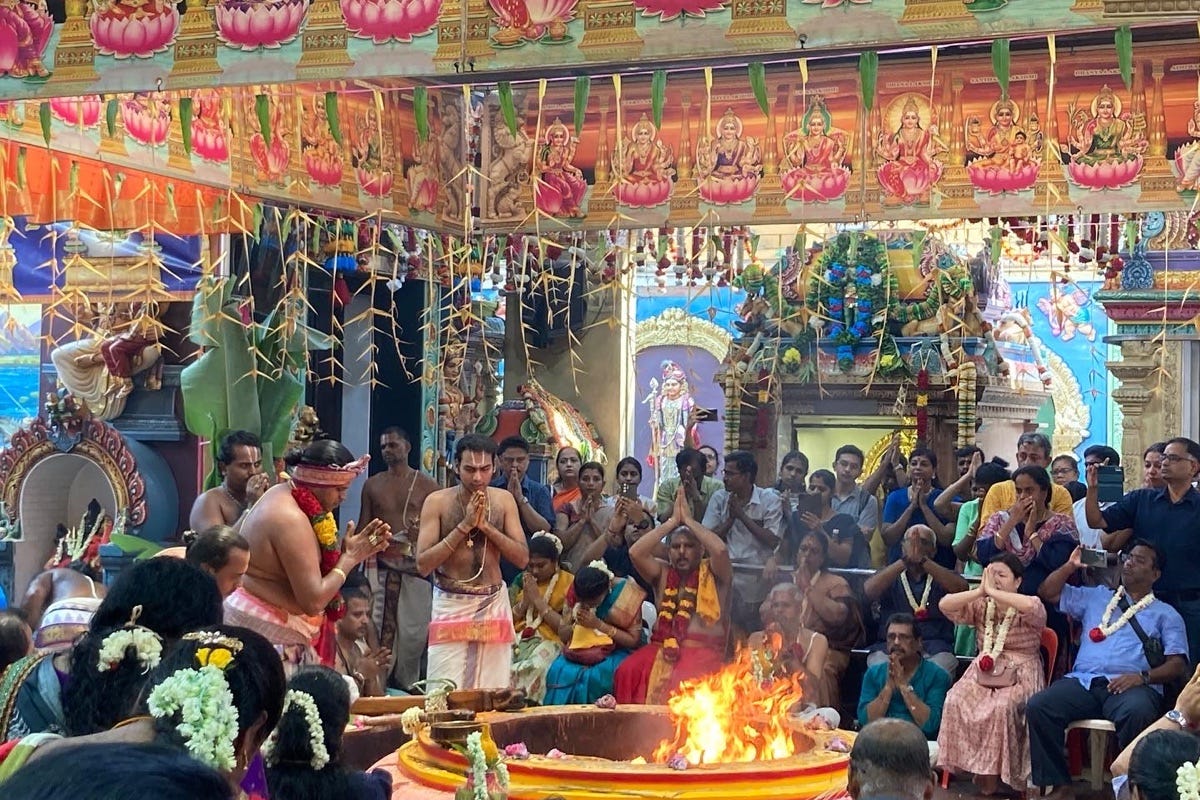

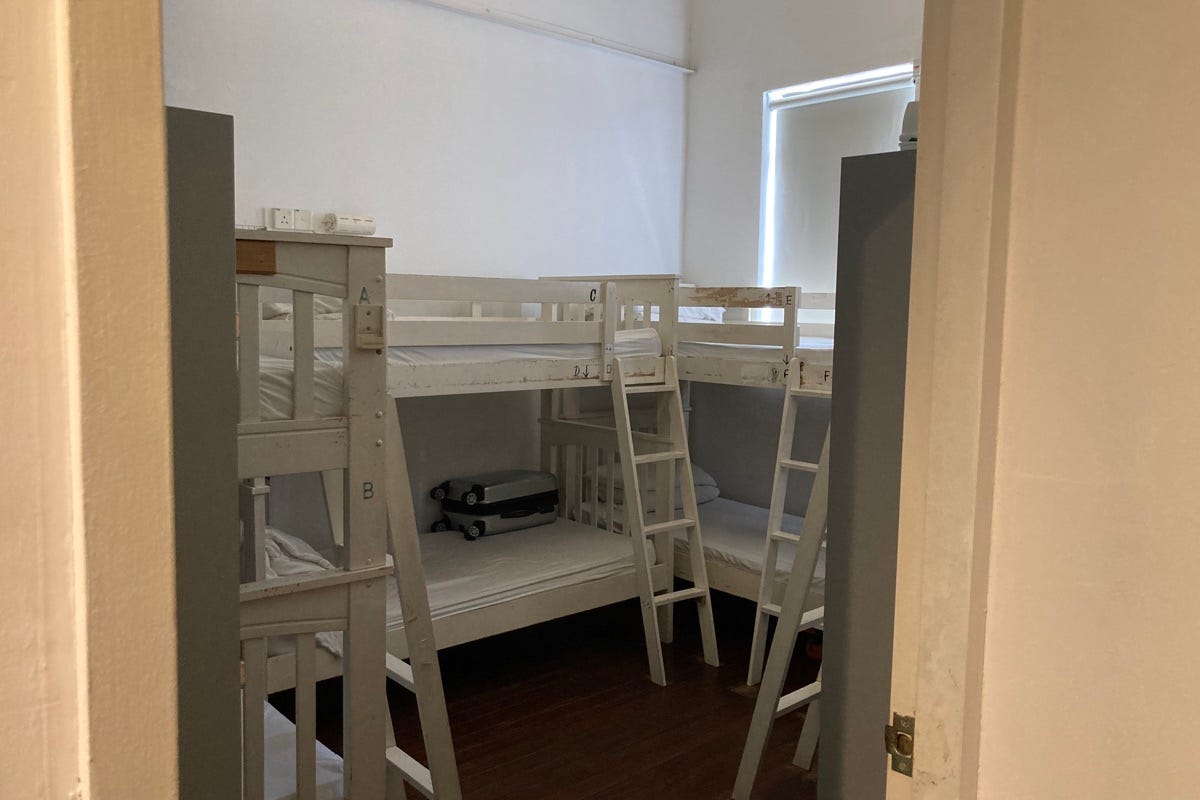
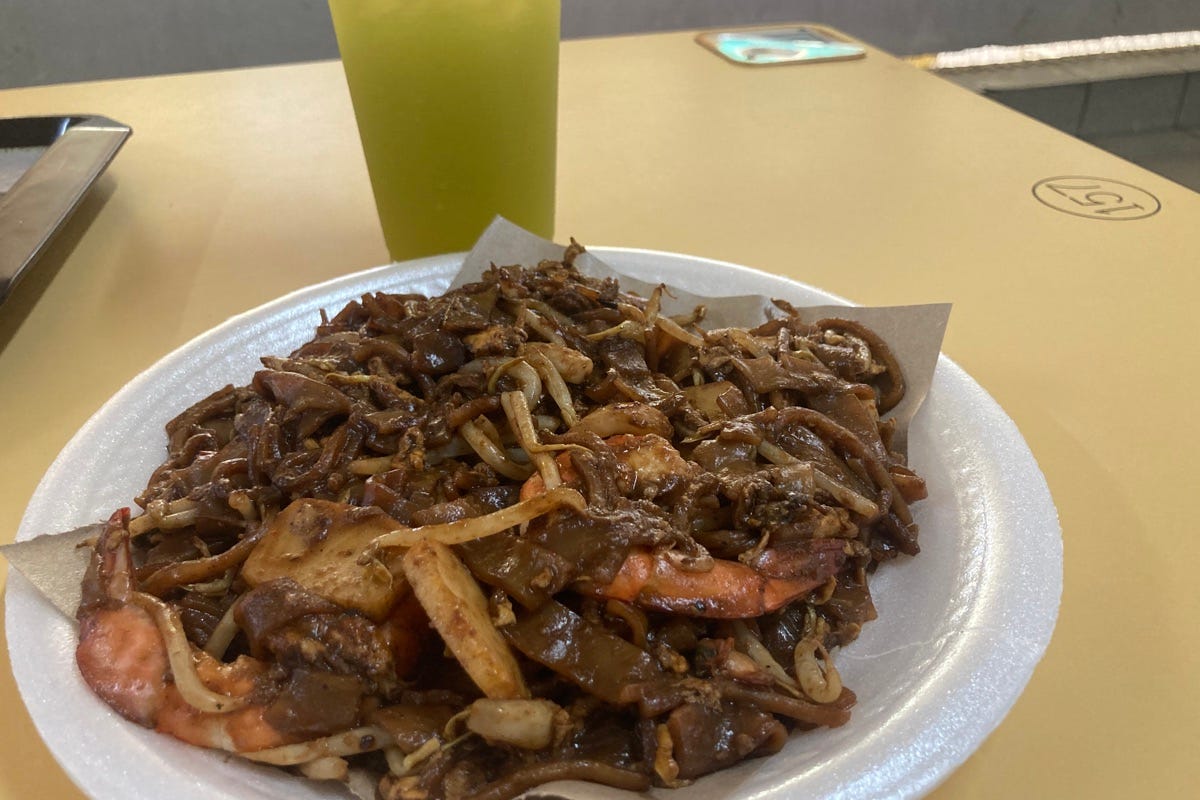

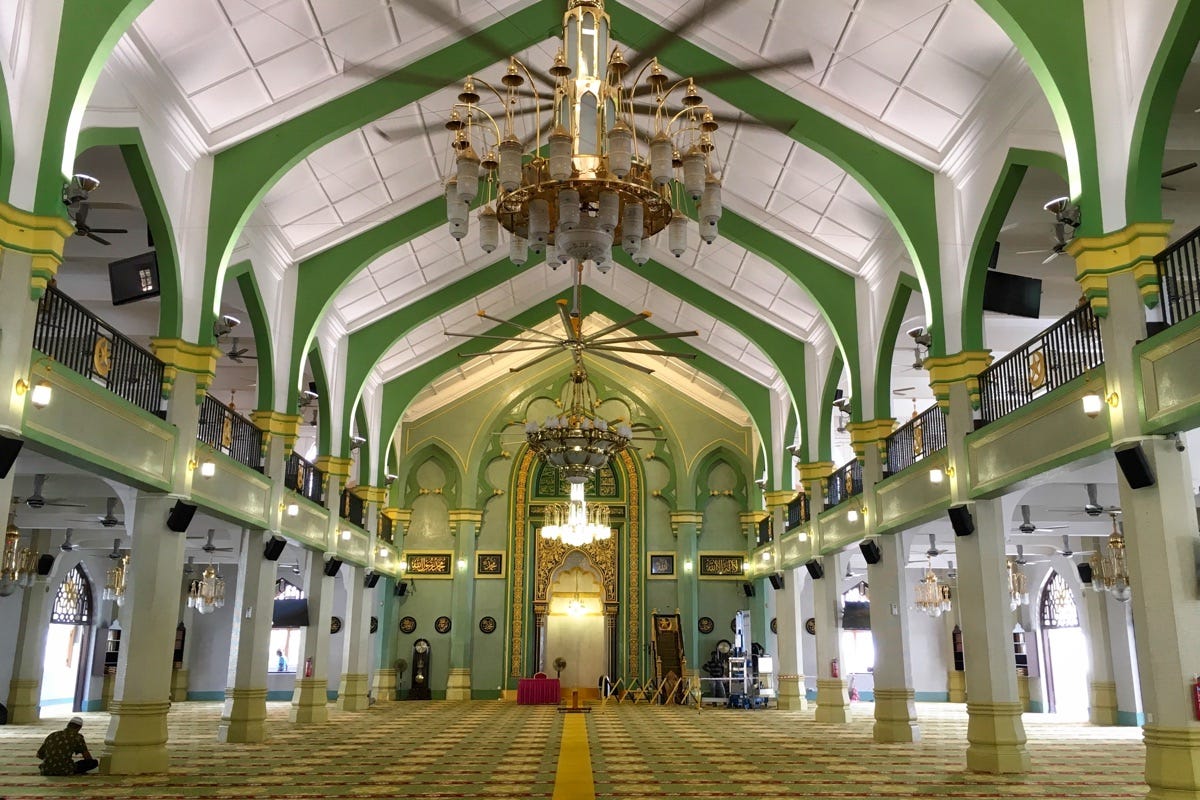
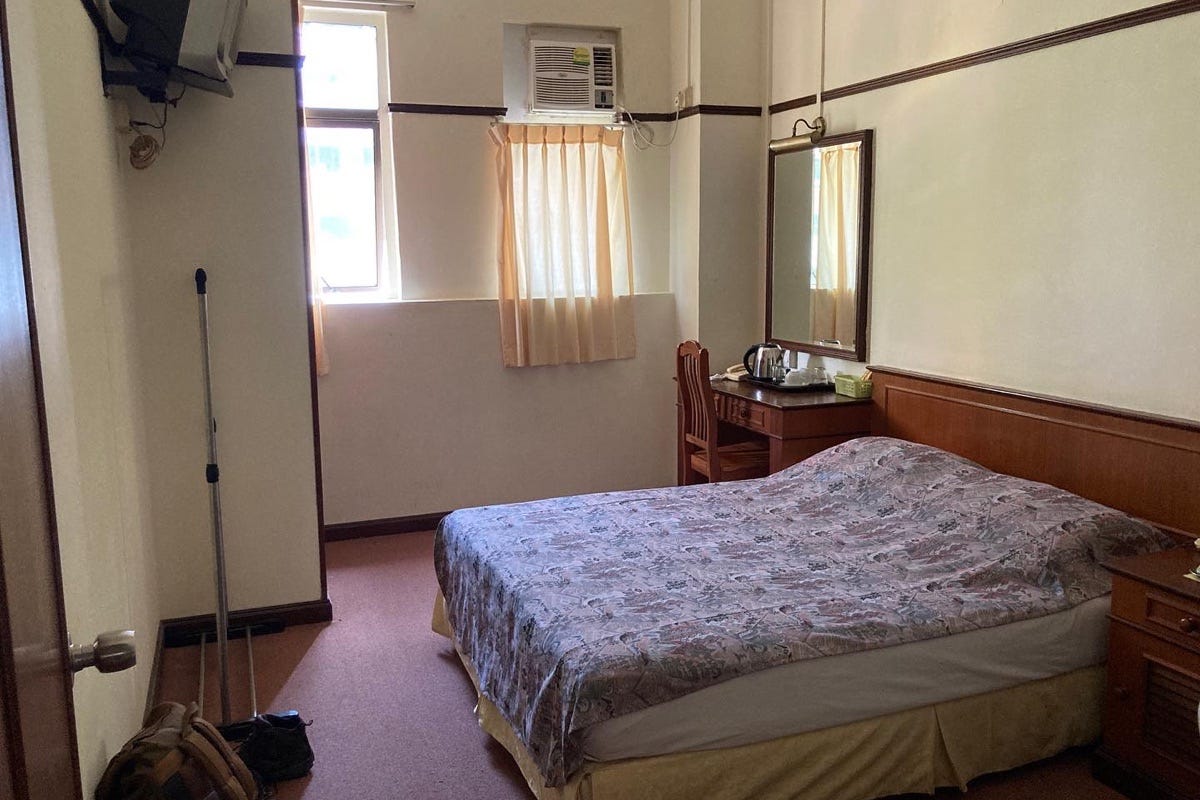
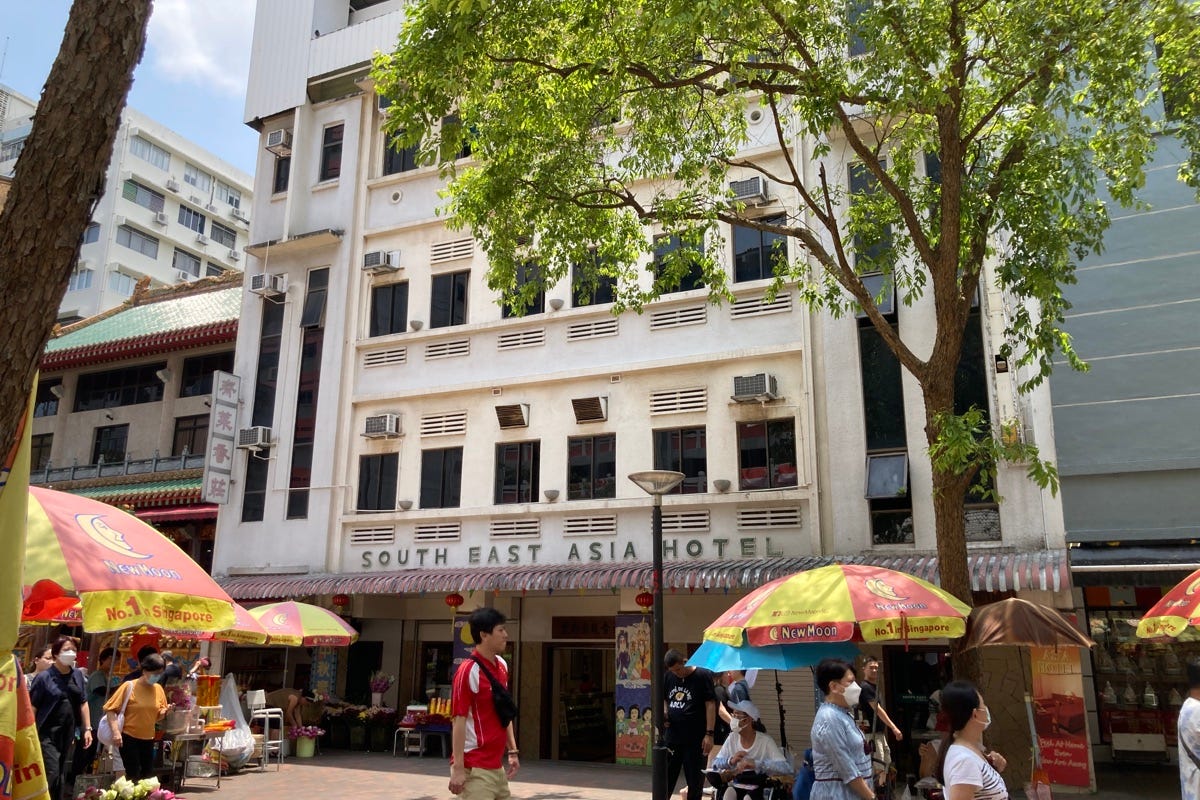
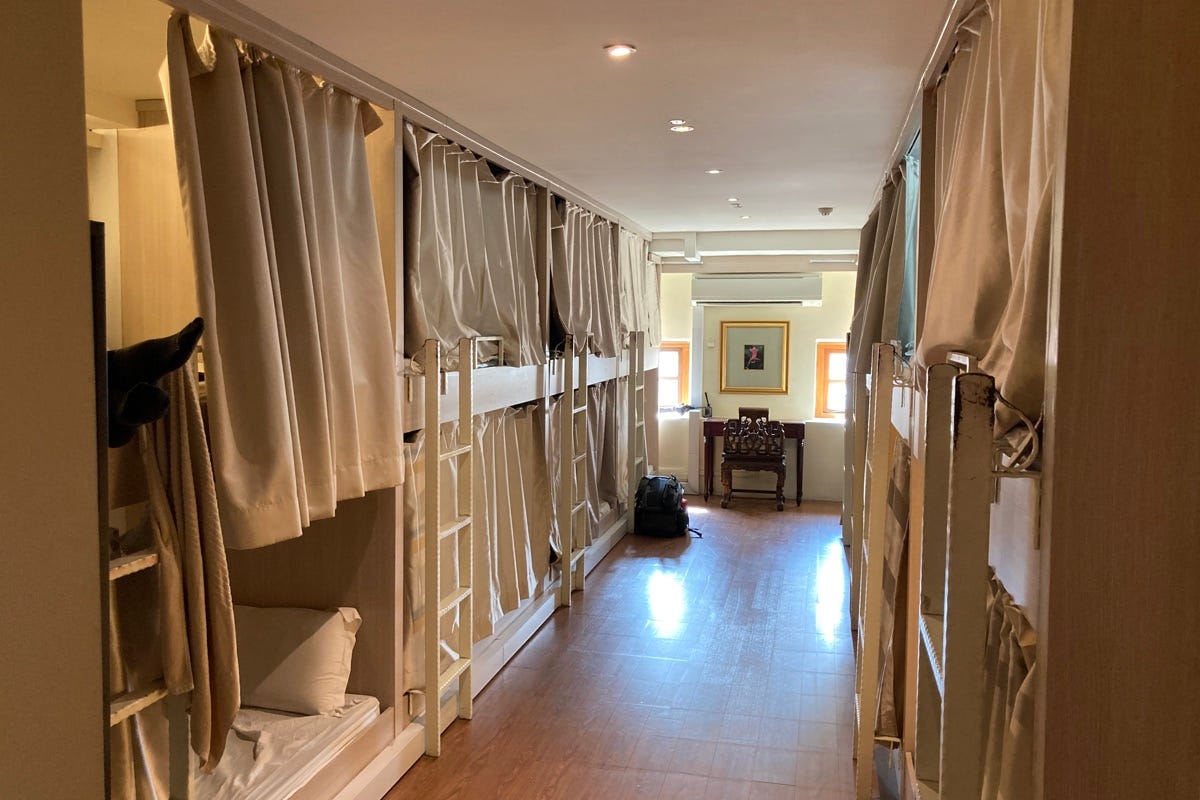
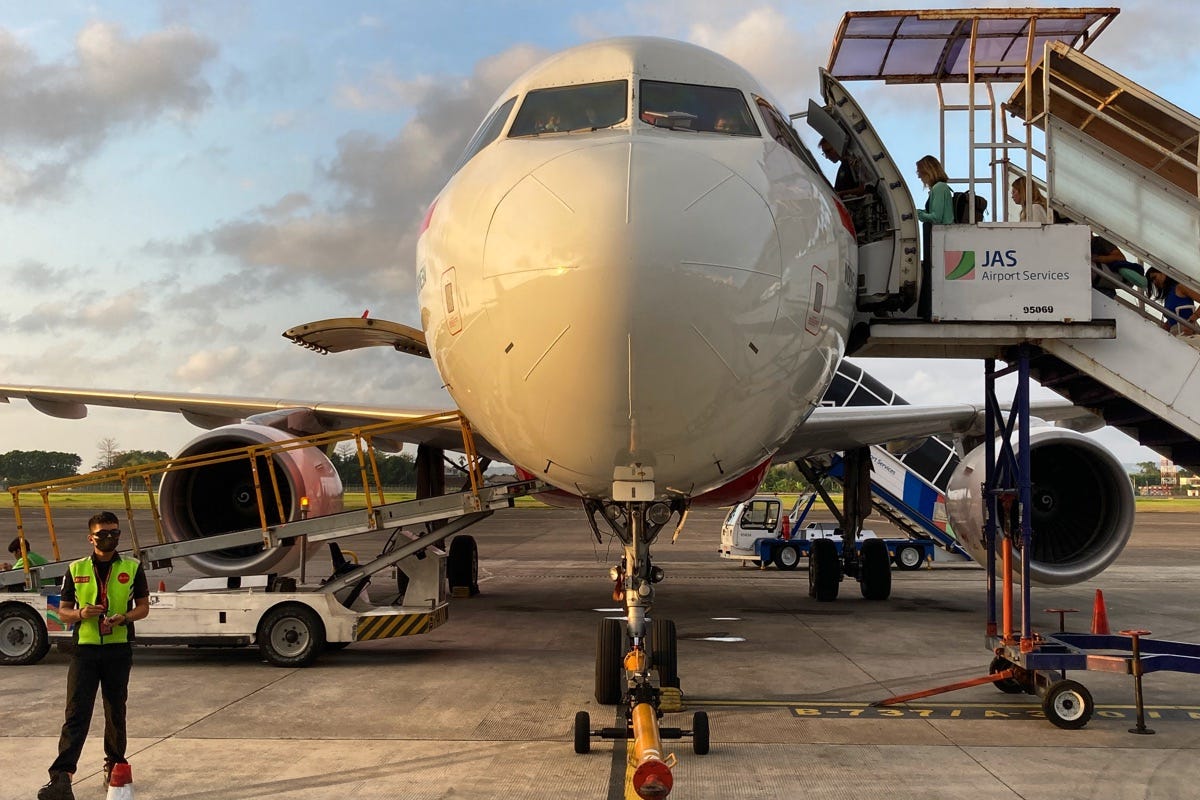









Share this post